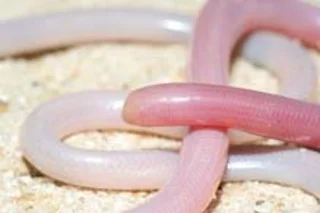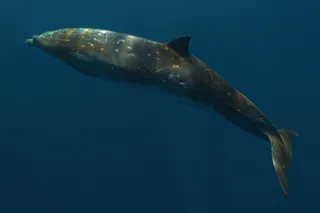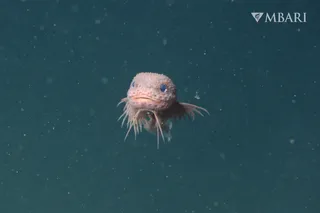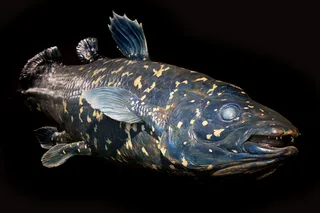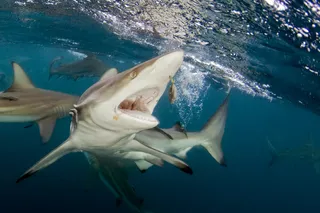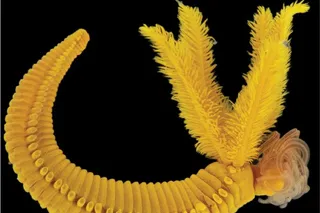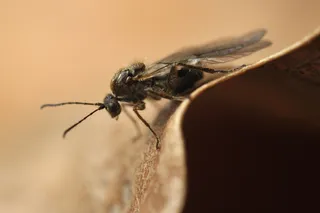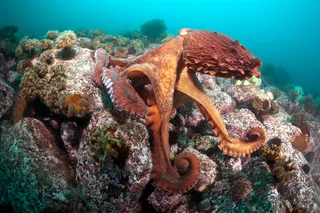Some of the weird wildlife on Madagascar—its mammals especially—probably arrived there by rafting from mainland Africa, we reported back in January. But not its blind snakes. According to a study out now in Biology Letters, these funny-looking creatures date back 150 million years to the Gondwana landmass, and have lived on Madagascar since before it broke off from India and drifted away. And, the researchers say, their story of spreading around the world carries many more twists.
Growing to about a foot long, blind snakes act a lot like worms, burrowing under the surface of every continent except Antarctica. Unlike worms, though, blind snakes have backbones and tiny scales [National Geographic]
. They earned their moniker by having blurry vision and sensing chemicals through their skin to find their way around. But despite having backbones, there are few blind snakes in the fossil record, making it hard for researchers to ...


